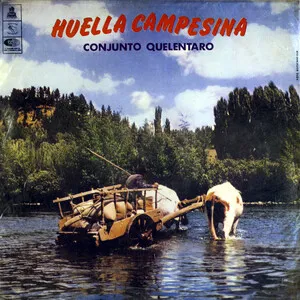Your digging level for this genre
Description
Canto a lo poeta is a traditional Chilean art of sung poetry centered in the rural Central Valley. It is performed by cantores who declaim or sing strophic verses with great poetic density, often accompanied by the distinctive guitarrón chileno and by a guitar in special scordaturas known locally as guitarra traspuesta.
The repertoire divides into two major branches: canto a lo humano (secular themes: love, daily life, history, and social commentary) and canto a lo divino (sacred themes: biblical narratives, saints’ lives, and devotional poetry). Versification typically uses the décima espinela (ten octosyllabic lines with the ABBAACCDDC rhyme scheme), glosas that expand a short “pie forzado” (a fixed or quoted line/verse), and improvised payas (contests of extemporaneous verse).
Musically, the style favors modal melodies, flexible rhythm with speech-like delivery, and drones and resonances produced by the many sympathetic strings of the guitarrón. Performances occur in intimate vigils (velorios and vigilias) and community gatherings, where poetic skill, memory, and religious or social meaning are foregrounded over virtuosic display.
History
Canto a lo poeta descends from Iberian sung-poetry practices brought to Chile during the colonial period, especially the décima espinela and Spanish copla/seguidilla verse. By the late 18th and early 19th centuries, these forms took root in the rural Central Valley, where local singers adapted them to Chilean speech, religious life, and communal festivities.
In the 1800s, the practice coalesced around two complementary repertoires: canto a lo humano and canto a lo divino. Cantores codified techniques such as glosa (a sequence of décimas that elaborate a quoted stanza or “pie forzado”) and the contrapunto (improvised poetic duels). The guitarrón chileno—an instrument with multiple courses and sympathetic strings—emerged as a defining timbral marker, while the guitarra traspuesta provided additional accompaniment in alternative tunings.
Through the 20th century, folklorists and artist-collectors such as Violeta Parra, Margot Loyola, and others documented and disseminated the tradition beyond its rural setting. Recordings, fieldwork, and staged performances helped preserve both sacred vigils and secular gatherings. Urbanization threatened continuity, but local brotherhoods (cofradías) and community networks kept the devotional and poetic functions alive.
Today, canto a lo poeta persists in central Chile through community vigils, festivals, and teaching circles. Its poetic rigor and décima-based craft influenced the lyrical seriousness of nueva canción chilena and continues to inform singer-songwriters who adopt décimas, glosas, and storytelling in Spanish. Contemporary payadores also bridge improvised dueling verse with the older cantorial tradition.

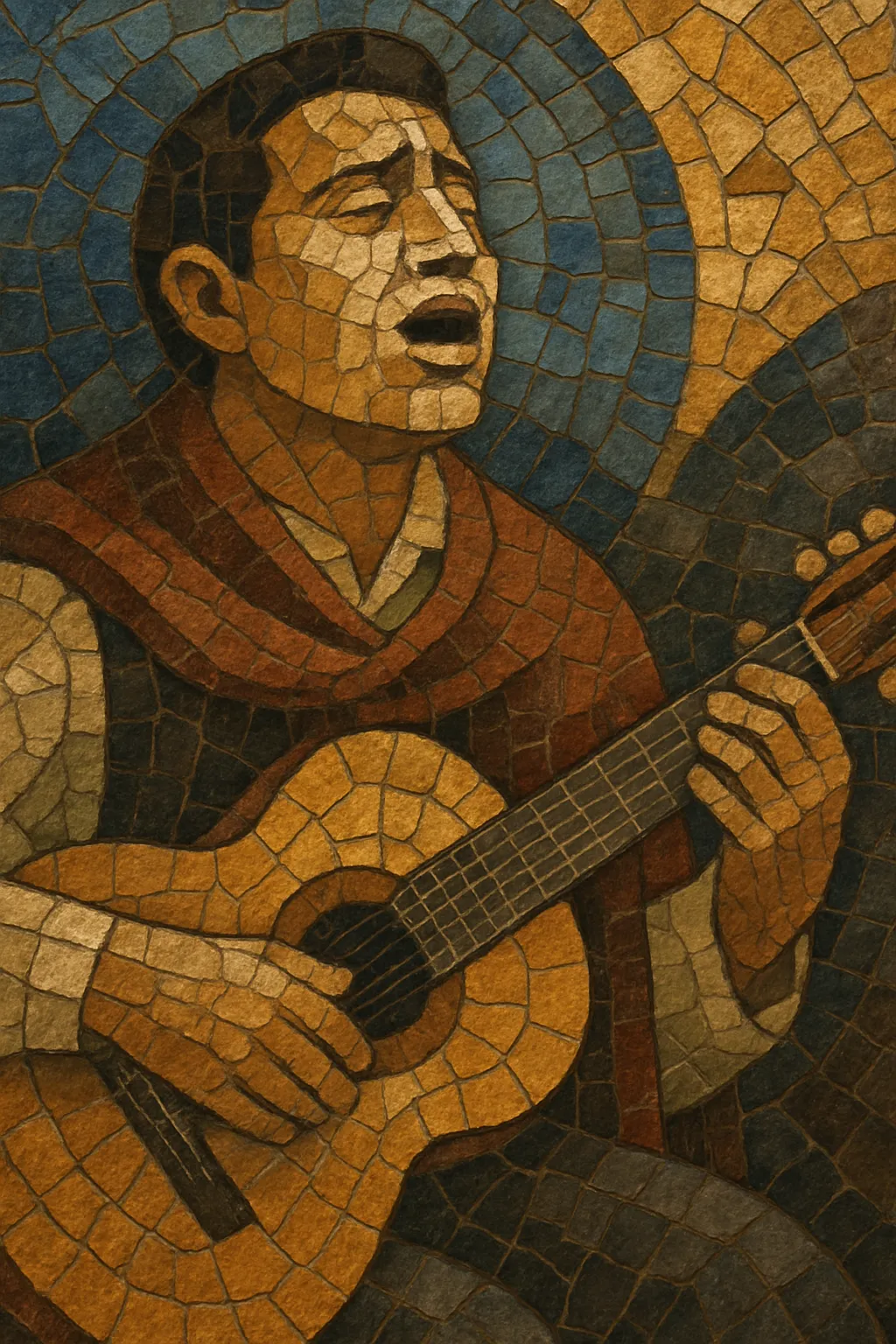
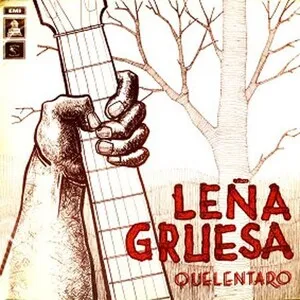
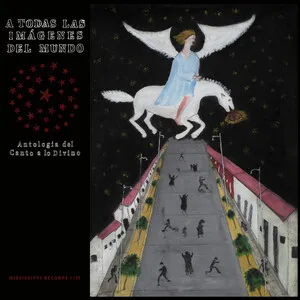
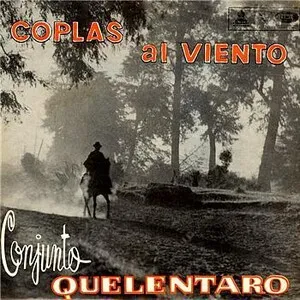
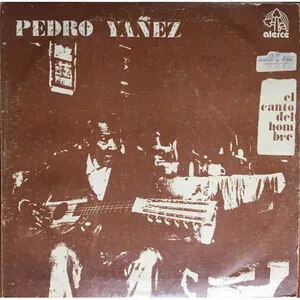
%2C%20Cover%20art.webp)
